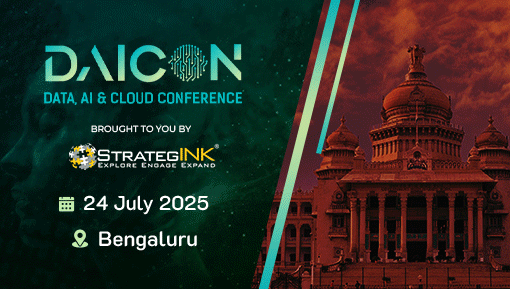
Strategic Relevance
Embrace virtual reality (VR) and augmented reality (AR) technologies to create immersive and engaging experiences for customers. Leverage blockchain technology to establish transparent systems and enhance trust and security. Ensure a seamless customer journey by prioritizing engagement and delivering exceptional experiences. Continuously innovate to offer unique value propositions to customers, staying ahead of competitors and meeting evolving market demands.
Challenges
- High-speed connectivity: Reliable and fast internet is crucial for seamless metaverse operations.
- Adequate infrastructure: Robust infrastructure is essential to handle increased demands of metaverse technologies.
- Standardization: Industry-wide standards ensure interoperability and security across metaverse platforms.
- Outreach of technology: Promote widespread adoption of metaverse technologies and security measures.
Opportunities
- Customer engagement: The Metaverse offers immersive experiences to engage customers and create connections.
- Experiential marketing: Leverage the metaverse for unique and memorable marketing campaigns.
- Education: Utilize the metaverse for remote learning and skill development.
- Collaboration: Foster seamless collaboration in the virtual environment to enhance productivity and innovation.
Future Trends
- Integration with AI: Identifying and mitigating cyber threats within the metaverse, leveraging machine learning algorithms for proactive risk management.
- Healthcare: Virtual healthcare services, leading to the need for robust security measures to protect sensitive patient data and ensure secure telemedicine interactions.
- ESG (Environmental, Social, and Governance): Prioritize ESG principles, implementing sustainable practices and adhering to ethical guidelines, thereby enhancing trust and accountability.
- Virtual banking and economy: Platform for virtual banking and economic transactions, necessitating stringent security protocols to safeguard digital assets and prevent financial fraud.
Best Practices & Key takeaways
- Identity and Access Management: Ensure only authorized individuals can access sensitive data and resources within the metaverse.
- Content moderation and Intellectual property: Prevent the dissemination of harmful or inappropriate content. Protect intellectual property rights and address copyright infringements.
- Privacy by design: Integrate privacy measures into the design and development of metaverse platforms and applications, ensuring user data protection and compliance with privacy regulations.
- Data encryption: Safeguard data transmitted and stored within the metaverse, minimizing unauthorized access.






